Project
False flax oil – A fuel component for agriculture?
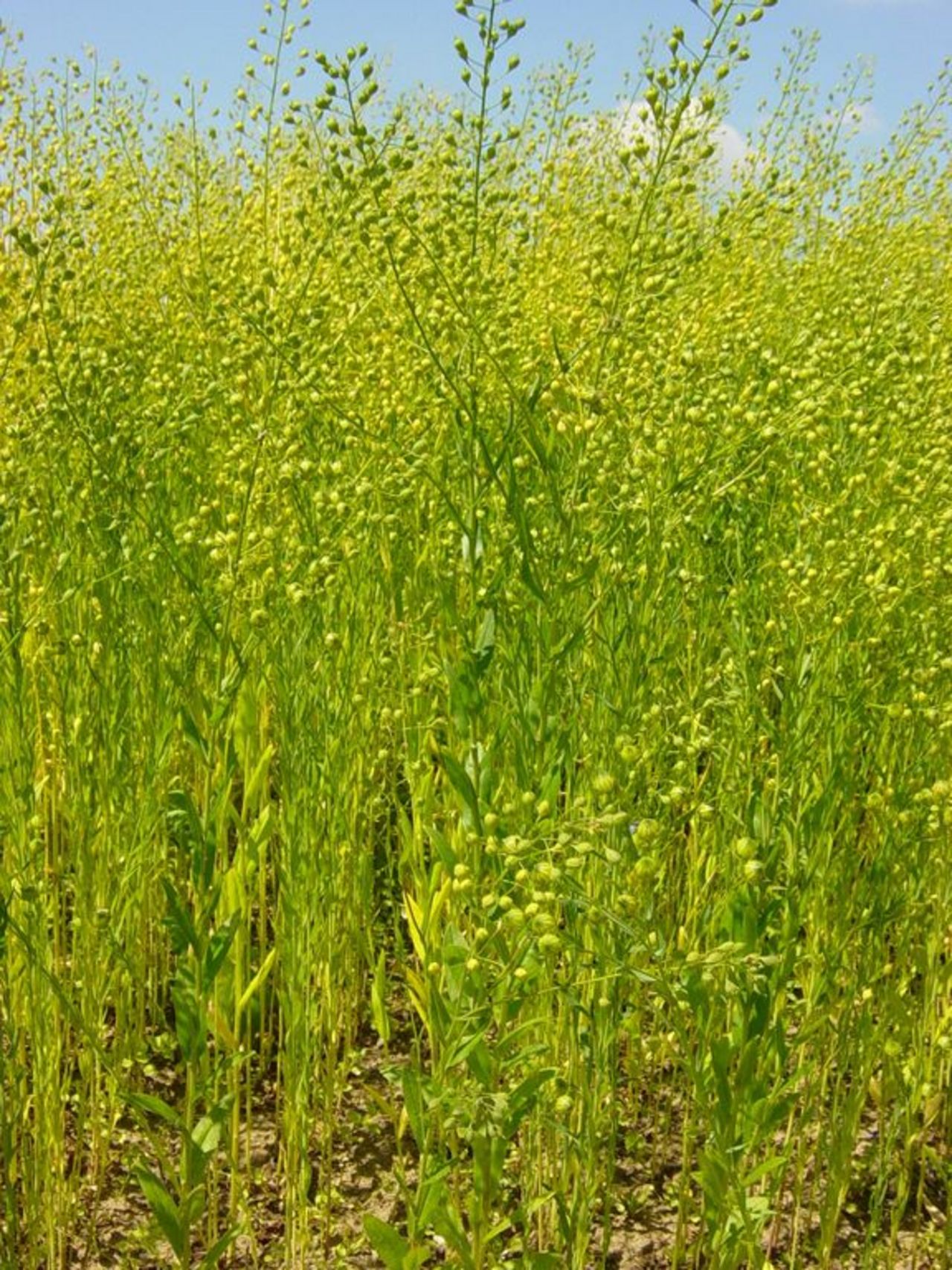
Use of false flax oil (Camelina sativa (L.) Crantz) in mixture with other vegetable oils as fuel for adapted diesel engines (FNR 22909507)
False flax is frequently produced in organic mixed cropping systems with field peas. We investigated the use of its cold pressed vegetable oil in mixture with rapeseed oil as fuel in agricultural diesel engines.
Background and Objective
The use of straight vegetable oil (SVO) as fuel in special adapted diesel engines is a chance for agriculture to cover their fuel demand from own production. Worldwide false flax (Camelina sativa (L.) Crantz) is seen as alternative oil crop for extensive cultivation systems. In this connection we evaluated fuel characteristics of cold pressed false flax oil and its suitability as component of mixtures with straight cold pressed rapeseed oil as fuel in diesel engines of agricultural machinery. Additionally the effect of antioxidants on fuel quality during storage were tested.
Approach
In the laboratory we analysed the fuel quality of different mixtures of both vegetable oils. In a long term trial we checked possibilities to keep constant quality during storage by additives. Based on a mixture of 30% false flax oil and 70 % rapeseed oil we analysed exhaust emissions and ignition characteristics in test engines. In a test in practice the mixture was used over 1000 hours in a tractor with a diesel engine that is adapted to the use of straight vegetable oil in the research farm of the Institute of Organic Farming. We analysed operating behaviour, lubricant oil quality and wear of engine components.
Results
False flax oil (Camelina sativa (L.) Crantz) is highly unsaturated. Its low oxidation stability and increased polymerization rate increase the risk of coking at hot motor components and of thickening processes in the lubricant oil of the engine, when used as fuel.
For Conradson Carbon Residues (CCR) and for oxidation resistance the legal threshold limits for rapeseed oil as fuel were reached by the rapeseed oil we used in the trial and exceeded by the false flax oil. Consequently in the tested mixtures of both vegetable oils the limits were exceeded. We found that the addition of commercial antioxidants used in biodiesel can also be used in SVO to slow quality losses during storage.
False flax SVO and rape SVO showed very similar burning characteristics at full-to-medium partial engine loads. Under low partial loads and under idle load conditions the burning function was increasingly delayed from diesel fuel over pure rape SVO, a mixture containing 0.70 m3·m-3 rape SVO and 0.30 m3·m-3 false flax SVO to pure false flax SVO. The exhaust emissions of nitrogen oxides gases (NOx), carbon monoxide (CO), particles and hydrocarbons (HC) of rape SVO, false flax SVO and the described mixture of both were not significantly different and showed the typically higher NOx-exhaust concentrations and typically lower HC-emissions of vegetable oil compared to diesel fuel.
In the 1000 hour field test with a diesel tractor, which is adopted to the use of SVO, the lubricant oil quality remained suitable over the change intervals of 350 hours. As only visible effect we found coking deposits at the fuel injectors. Generally the use of the SVO mixture seemed to be comparable to the use of rapeseed SVO in engines.
Involved external Thünen-Partners
-
Universität Rostock
(Rostock, Deutschland)
Duration
9.2007 - 12.2008
More Information
Project funding number: FNR 22909507
Funding program: FNR
Project status:
finished
Publications
- 0
Paulsen HM, Wichmann V, Schümann U, Richter B (2011) Use of straight vegetable oil mixtures of rape and camelina as on farm fuels in agriculture. Biomass Bioenergy 35(9):415-424, DOI:10.1016/j.biombioe.2011.06.031
- 1
Harndorf H, Schümann U, Wichmann V, Paulsen HM (2008) Nutzung von Leindotteröl als Kraftstoff. SchrR Inst Umweltingenieurwesen Univ Rostock 14:229-244

![[Translate to English:] [Translate to English:]](/media/_processed_/8/e/csm_Bildschirmfoto_2021-03-03_bearb_fc48ac88bf.jpeg)
![[Translate to English:] [Translate to English:]](/media/_processed_/8/e/csm_Bildschirmfoto_2021-03-03_bearb_ba3ec0e9d7.jpeg)
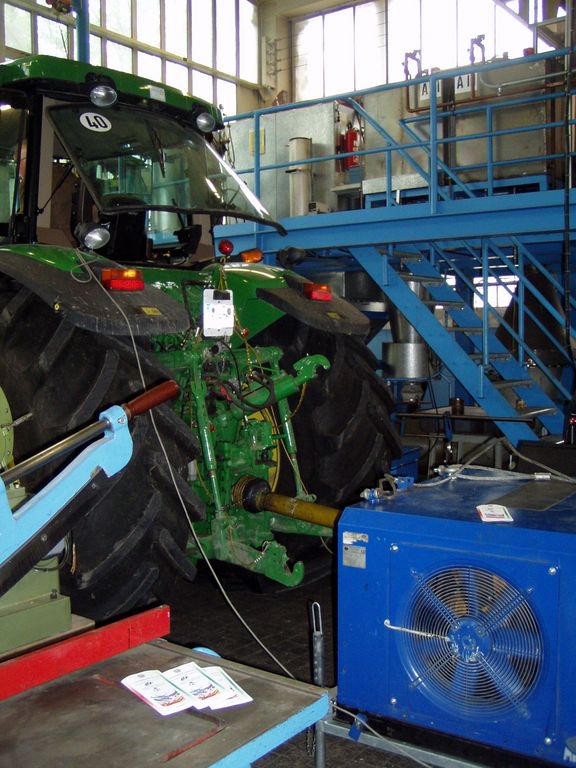
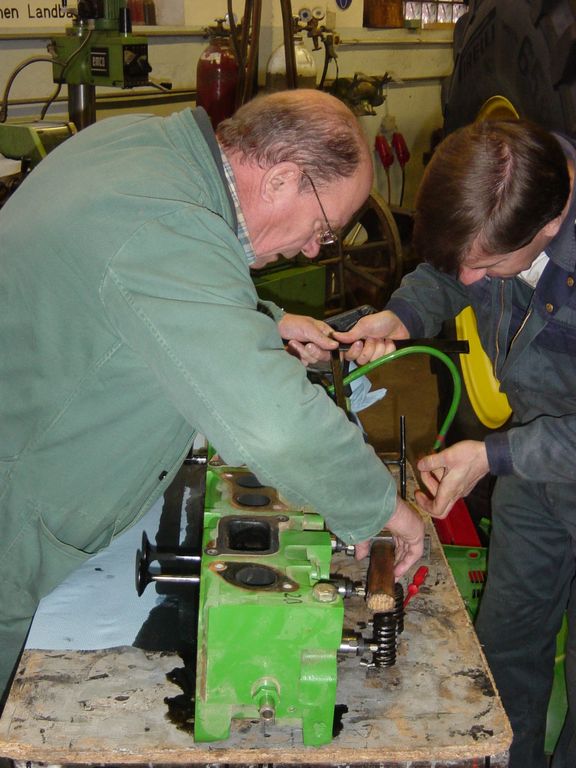
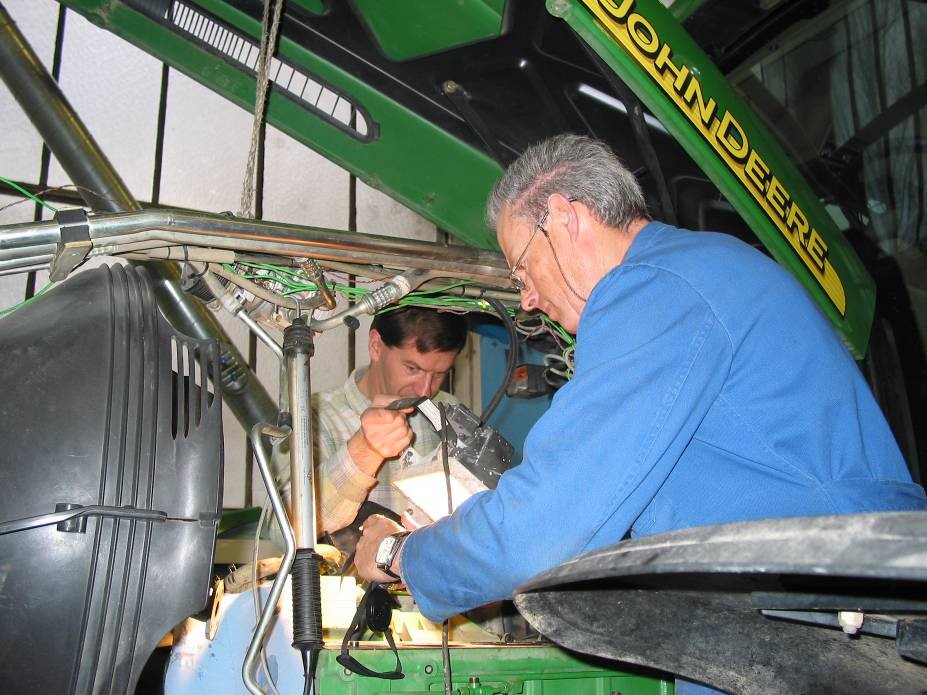

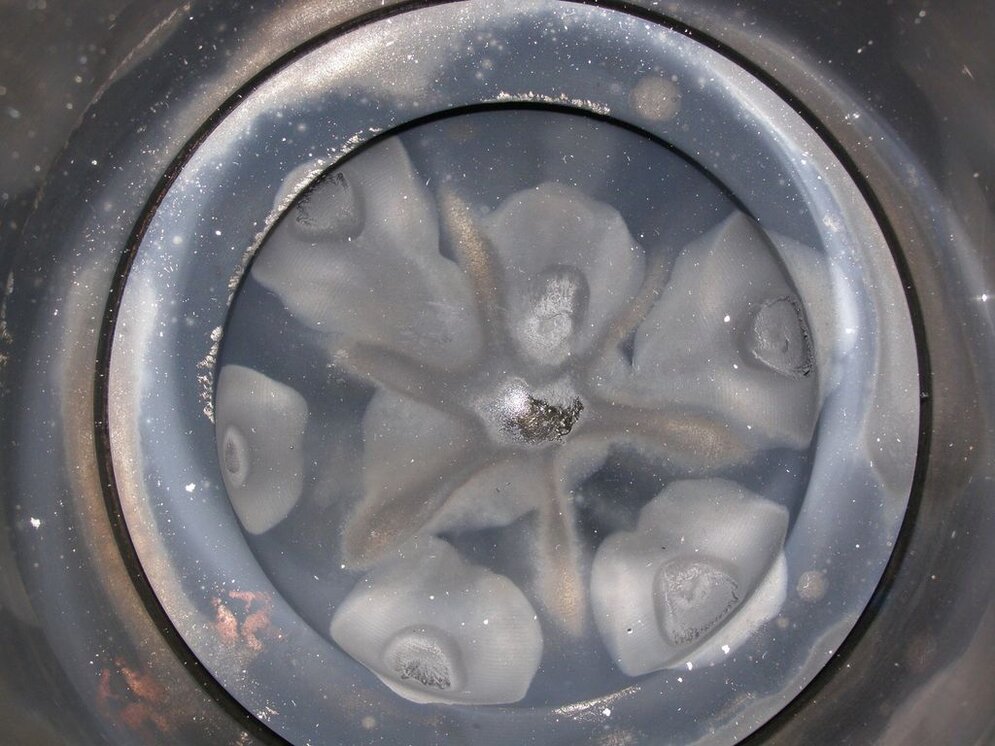
![[Translate to English:] Logo des Bundesministerium für Ernährung und Landwirtschaft](/media/allgemein/logos/BMEL_Logo.svg)